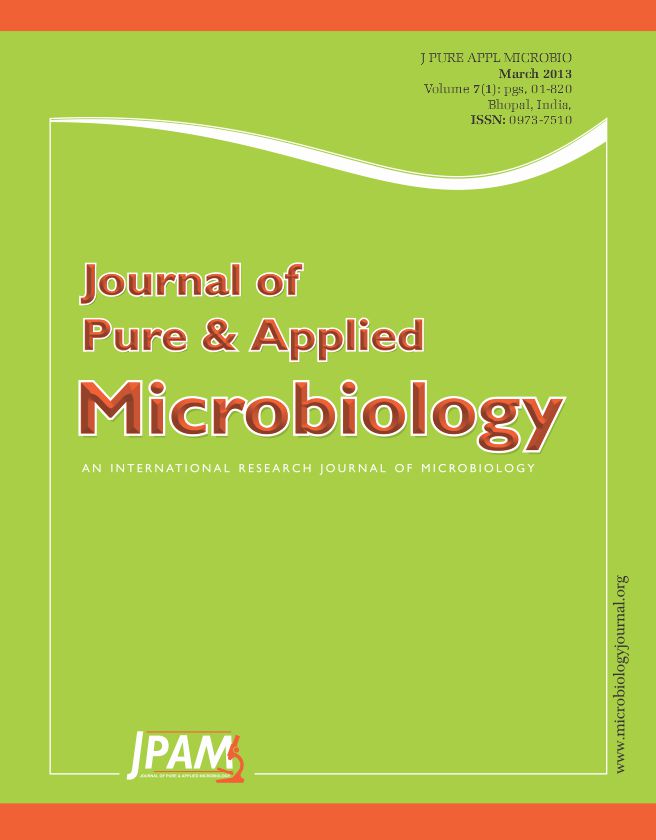There is an urgent need for developing new antibiotics and novel anti-infective strategies due to the emergence of multidrug-resistant pathogens. Conventional antibiotics targeting bacterial viability exert a selective pressure on pathogens and inherently induce the rise of antibiotic resistance. Quorum sensing (QS) is a bacterial cell–cell signaling system which plays important roles in bacterial pathogenicity. Inhibitors of QS or pathogenicity represent promising new drug candidates that less likely cause drug resistance. Chinese herbs have long been used to treat infectious diseases, and represent a potentially rich resource for new antimicrobials. In this study, we investigated 20 Chinese herbs known for Qing Re Jie Du function (i.e. treating symptoms resembling infections) using QS and virulence reporters based on promoters-luxCDABE fusions. Antimicrobial activity against Pseudomonas aeruginosa PAO1 (PA), Staphylococcus aureus methicillin resistant strain (MRSA), and Escherichia coli has been revealed in some of the herbs. More importantly, our data demonstrated that some of the herbs inhibited virulence factor gene expression in PA without affecting its growth. Specially, the extract of Folium artemisiae argyi significantly inhibited the expression of a range of important virulence factors associated with QS system. Pyocyanin production and swarming ability of PAO1 were significantly reduced by the extract. It is clear that the herbs traditionally used in Chinese medicine for treating infectious diseases seem to function through inhibiting both bacterial viability and virulence, representing a promising source for new anti-infective development.
Pseudomonas aeruginosa, Virulence factors, Quorum sensing, Folium artemisiae argyi
© The Author(s) 2014. Open Access. This article is distributed under the terms of the Creative Commons Attribution 4.0 International License which permits unrestricted use, sharing, distribution, and reproduction in any medium, provided you give appropriate credit to the original author(s) and the source, provide a link to the Creative Commons license, and indicate if changes were made.


